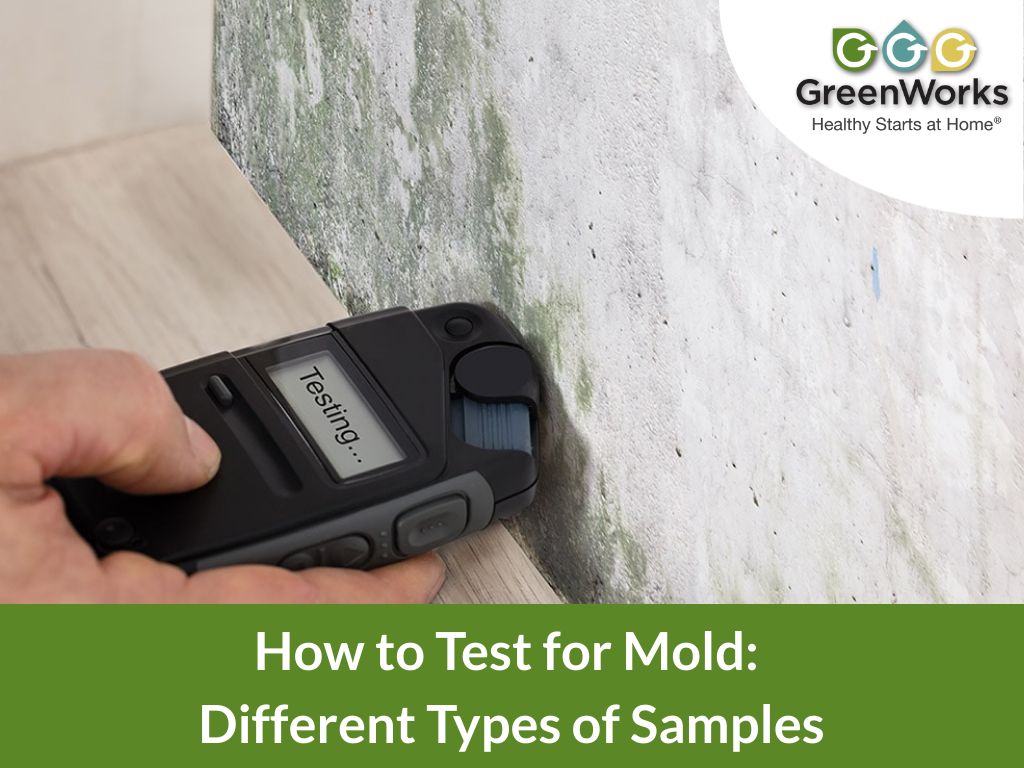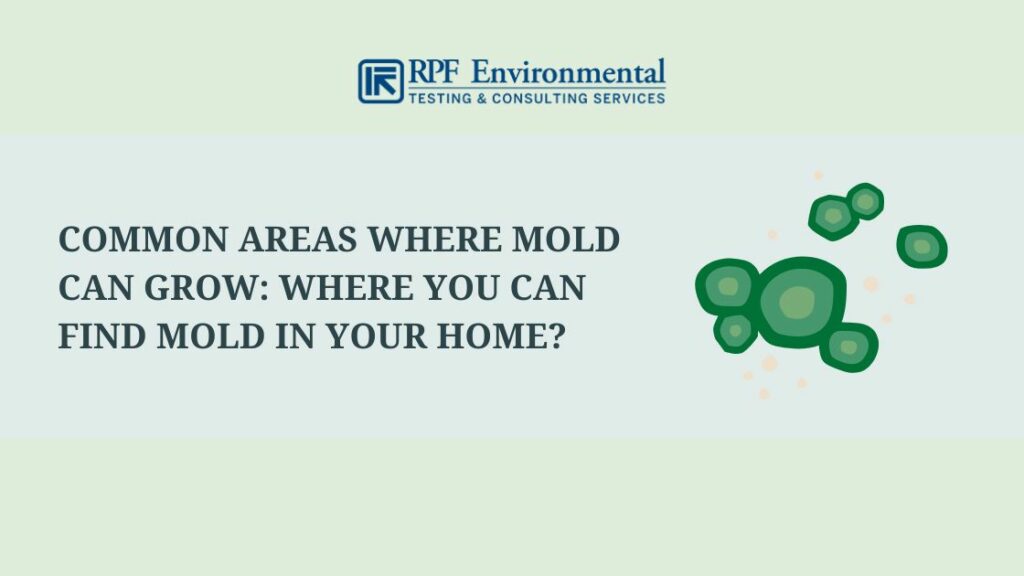Improve Your Safety Methods with Professional Mycotoxin testing Services
Improve Your Safety Methods with Professional Mycotoxin testing Services
Blog Article
Just How Mycotoxin Testing Aids Stop Contamination and Guard Food Supplies

Mycotoxin testing is an essential method in the food sector, offering as a frontline defense versus contamination by unsafe contaminants produced by mold and mildews. Via the application of advanced methods like High-Performance Fluid Chromatography (HPLC) and Liquid Chromatography-Mass Spectrometry (LC-MS), food producers can precisely discover and measure mycotoxin degrees in farming products.
Comprehending Mycotoxins
Comprehending mycotoxins starts with recognizing that they are poisonous second metabolites generated by specific mold and mildews, which can infect farming items. These metabolites are not vital for the development or recreation of the fungis but can have severe ramifications for human and animal health. Mycotoxins are typically found in staple crops such as corn, wheat, barley, and nuts, where they can proliferate under certain conditions of moisture and temperature.
There are several kinds of mycotoxins, each created by various fungal species. Aflatoxins, generated by Aspergillus types, are among the most infamous, recognized for their cancer causing residential or commercial properties. An additional significant group includes ochratoxins, generated by Aspergillus and Penicillium varieties, which have nephrotoxic results. Fusarium types produce fumonisins and trichothecenes, both of which are associated with various intense and chronic wellness concerns.

Dangers of Mycotoxin Contamination
The threats of mycotoxin contamination are diverse, positioning substantial hazards to both food safety and public health and wellness. Mycotoxins, harmful compounds produced by particular sorts of fungi, can contaminate a broad array of agricultural items including cereals, nuts, flavors, dried out fruits, and coffee. When these contaminants penetrate the food supply, they can bring about significant health issues such as liver damages, kidney failure, and even cancer. Susceptible populations, including kids, the elderly, and immunocompromised people, are especially at risk.
Economic impacts are another significant problem. Polluted plants can result in significant financial losses for farmers and food manufacturers due to reduced returns and the demand for costly purification actions. Furthermore, worldwide profession can be substantially prevented as countries apply rigorous mycotoxin laws to secure their populations, causing denied shipments and stretched profession relations.
Environmental aspects such as climate change worsen the risk of mycotoxin contamination. Variants in temperature and moisture can develop desirable conditions for fungal growth, raising the chance of contamination occasions. Thus, understanding and reducing these dangers are essential for making certain the security and integrity of worldwide food supplies.
Approaches of Mycotoxin Checking
Properly identifying mycotoxin contamination in agricultural items is necessary for safeguarding public health and wellness and maintaining food safety standards. Different approaches are used to detect and evaluate mycotoxins, each offering certain benefits and restrictions.
High-Performance Fluid Chromatography (HPLC) is a widely made use of method as a result of its high sensitivity and precision. It entails separating mycotoxins from various other substances in an example, allowing accurate quantification. Fluid Chromatography-Mass Spectrometry (LC-MS) integrates fluid chromatography with mass spectrometry to give thorough molecular info, making it particularly valuable for recognizing multiple mycotoxins at the same time.

Gas Chromatography-Mass Spectrometry (GC-MS) and Thin-Layer Chromatography (TLC) are likewise used, each with special applications. GC-MS works for volatile mycotoxins, while tender loving care uses an easier, cost-efficient option for initial screening.
Advantages of Regular Evaluating
Normal click here now testing for mycotoxins in agricultural items supplies various benefits, substantially adding to public health and food security. By recognizing contamination early, regular testing aids protect against the distribution of poisonous foods, thus reducing the threat of mycotoxin-related illnesses amongst consumers. This proactive approach not just safeguards human health however also improves the total high quality of food materials.
Consistent testing also sustains governing conformity. Various countries and regions have actually established rigorous limitations for mycotoxin levels in food and feed. Complying with these limits with normal screening makes sure that producers and suppliers satisfy legal requirements, thus avoiding charges and trade obstacles. Keeping conformity fosters customer depend on and brand name reputation, which are critical for market success.
Additionally, routine mycotoxin screening can result in considerable financial benefits. Early discovery of contamination permits timely intervention, lowering potential losses from widespread contamination. Implementing normal screening procedures can also lessen recall prices and relevant responsibilities, which can be financially ravaging.
Moreover, routine screening provides important information that can notify far better agricultural practices and storage problems. By recognizing patterns of contamination, manufacturers can embrace safety nets, consequently reducing future dangers and adding to the sustainability of the food supply chain.
Implementing Checking Methods
Executing reliable mycotoxin screening methods is important for making certain the security and quality of farming items. Establishing a robust screening structure entails multiple crucial steps, starting with the recognition of possible contamination points within the manufacturing and supply chain. This consists of pre-harvest, post-harvest, storage space, and distribution phases. Each stage needs to be looked at to determine where mycotoxin contamination is more than likely to occur.
When vital control factors are determined, selecting proper testing techniques is necessary. Usual strategies consist of enzyme-linked immunosorbent assay (ELISA), high-performance fluid chromatography (HPLC), and mass spectrometry (MS) Each method has its weaknesses and staminas; hence, picking the correct one relies on the specific mycotoxin being evaluated, the required sensitivity, and offered resources.

Last but not least, incorporating the testing protocols into an extensive food security monitoring system is advisable. This click reference improves traceability and enables quick rehabilitative activities when contamination is identified, therefore guarding the honesty of the food supply chain.
Conclusion
Mycotoxin testing is essential in protecting against contamination and safeguarding food materials by enabling early detection of dangerous toxic substances created by molds in agricultural items. Advanced techniques such as HPLC and LC-MS make certain compliance with security guidelines and secure consumers from wellness threats. Routine testing boosts brand track record, economic security, and trust fund in food safety by decreasing contamination-related losses and preserving high criteria in food manufacturing. Executing strenuous screening protocols is hence vital for the market's total well-being.
Mycotoxin testing is a vital method in the food market, serving as a frontline defense against contamination by harmful toxins produced by molds. An incorporated method involving farming techniques, storage management, and routine screening can minimize the dangers linked with mycotoxin contamination, making sure food security and public navigate to these guys wellness.
The risks of mycotoxin contamination are complex, posturing considerable hazards to both food safety and security and public health.Routine testing for mycotoxins in agricultural products offers many benefits, dramatically contributing to public health and wellness and food safety.Mycotoxin screening is necessary in preventing contamination and guarding food supplies by allowing early discovery of unsafe toxins produced by molds in agricultural products.
Report this page